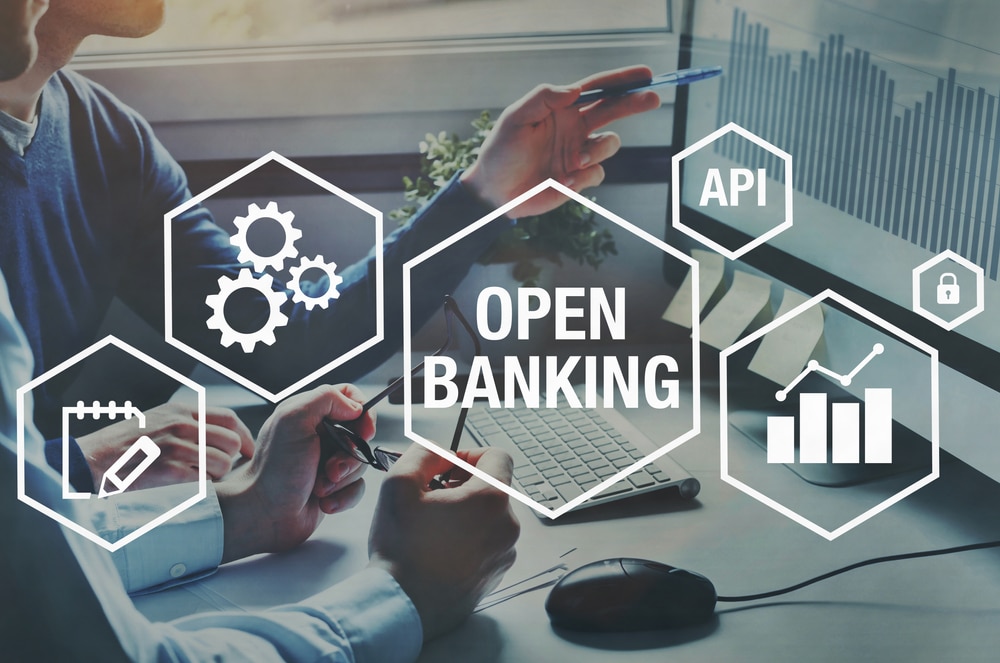The latest data reveals a groundbreaking surge in open banking transactions, marking a new record. Open banking is a pioneering innovation in financial services, granting third-party developers API access to consumer banking data.
This approach empowers financial customers with increased options and control over their personal information, ushering in a new era of transparency and choice in of banking services sphere.
Billions of Dollars’ Worth of Increase
Data from the Bank of Korea indicates a notable pivot towards open banking services in the initial quarter of 2024. Transactions surged to 186.9 trillion won, marking a substantial increase of 40 trillion won compared to the previous year’s 146.2 trillion won.
Impressively, the average daily transactions alone reached 2.05 trillion won. This data highlights the growing adoption and utilization of open banking, reflecting a significant shift in consumer behavior towards more transparent and flexible financial services.
This surge in open banking transactions during the first quarter of 2024 reflects a broader trend towards digitalization and innovation in the financial sector. With consumers increasingly seeking convenience and personalized financial solutions, the appeal of open banking has grown significantly.
This shift has been driven by factors such as the widespread adoption of smartphones, the rise of fintech startups, and evolving regulatory frameworks promoting competition and consumer empowerment.
The Rapid Increase of Online Banking Customers
The rise in online banking transactions, fueled by an expanding base of online banking customers, has prompted a large number of commercial banks to innovate with their own comprehensive “all-in-one” apps. These apps offer users a seamless experience, allowing them to access a broad spectrum of traditional financial services such as remittances and balance inquiries, alongside a range of non-financial features.
Commercial banks recognize the importance of meeting the evolving needs of their digitally savvy customers. By consolidating various services into one platform, these “all-in-one” apps streamline the banking experience, providing convenience and efficiency to users while also enhancing customer engagement and loyalty.
It is also worth mentioning that these apps often incorporate additional functionalities beyond basic banking services, such as financial management features, personalized recommendations and budgeting tools.
By offering a holistic suite of services, banks aim to position themselves as trusted financial partners that cater to the diverse needs and preferences of modern consumers in an increasingly digital landscape. Many believe that the future of open banking seems bright while others argue that the introduction of artificial intelligence could change the banking sphere forever.
